Hi Steemians! Today´s post is about a topic some of you may like: photography. The art, application and practice of creating durable images by recording light or other electromagnetic radiation, either electronically by means of an image sensor, or chemically by means of a light-sensitive material such as photographic film; in other words, photography is the art of frozen time to take forever a certain image.
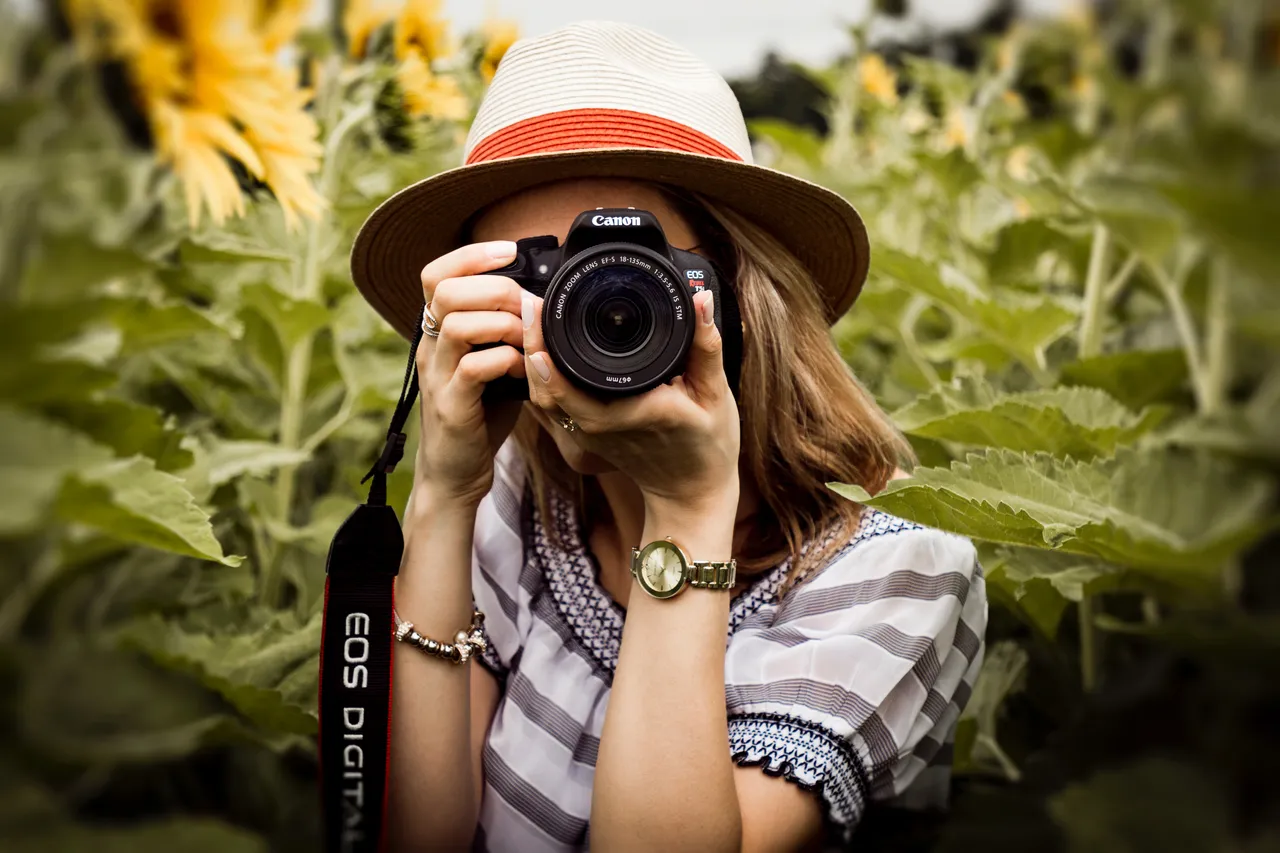
In my opinion I believe everyone should have a bit of knowledge in how to take pictures, no matter who you are or want to be: this information is applicable either for a friend who is asking you to take a good pic for instagram or something more professional. So, here are the 7 types of plane according to the scale in portrait photography: these are the ones that describe a series of standards when it comes to framing our main element (in this case, a person).
I am such a big fan of photography, but personally prefer being in front of the camera! that is why for explaining this topic I will use this pictures that were taken by one of my friends for his photography class in college.
ENTIRE PLANE
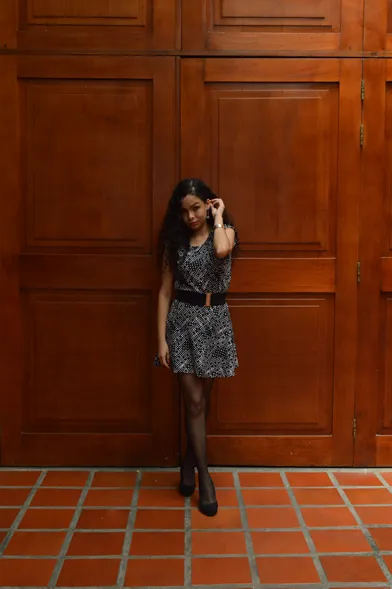
In portrait, this is the plane in which the whole body appears. Therefore, we will have an entire plan if who we are photographing appears complete, from the feet to the head, without sections, in our photo. The protagonist of our photo therefore occupies the entire frame, becoming the point of interest of the shot.
AMERICAN PLANE
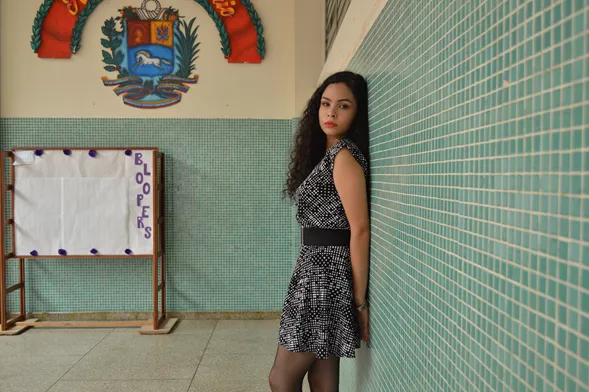
The American plane cuts the protagonist at approximately knee height or thigh. Depending on whether the protagonist is lying or sitting, tolerance drops somewhat, reaching a little below the knees. It is ideal to frame several people interacting in photography.
MEDIUM PLANE
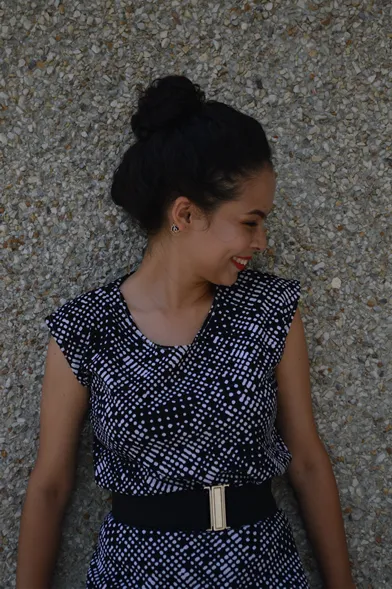
With the middle plane we approach a little more than with the previous plane, covering from the head to the waist. If the protagonist is seated, the tolerance drops to approximately half of the thigh.
MEDIUM SHORT PLANE
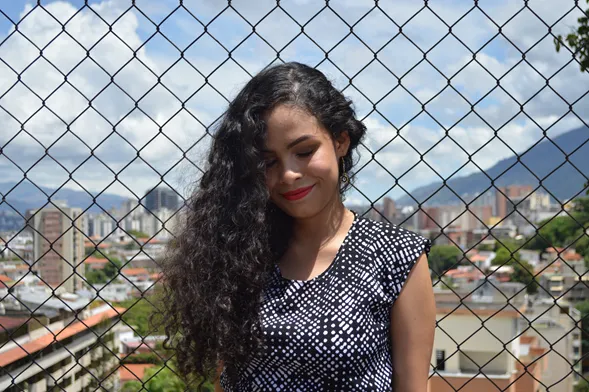
The short medium plane is a variant of the middle plane, and is also known as a bust plane or major foreground. This type of plane collects the body from the head to below or half of the chest, approximately.
FOREGROUND
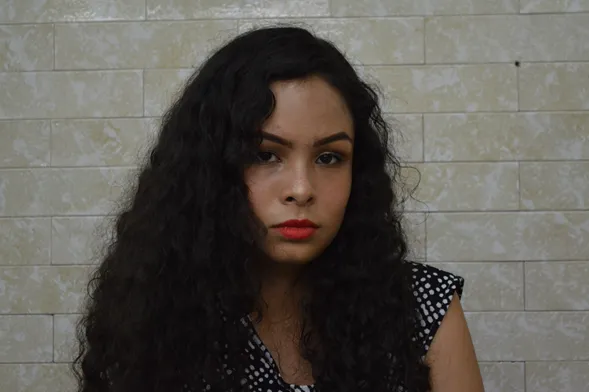
The foreground, also called the minor or portrait foreground, picks up the face and shoulders. This type of plane, like the detail plane and the very close foreground that we will see next, corresponds to an intimate distance, since it serves to show confidence and intimacy regarding the character.
VERY CLOSE FOREGROUND
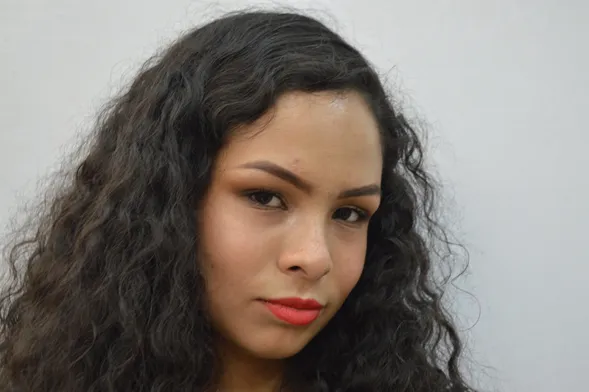
The very close foreground goes one step further than the foreground, bringing us even closer to the face of our model. This plane captures the face from the height of the forehead to below the chin.
DETAIL SHOT

The detail plane in the portrait is the closest of all, and it is the one that picks up a small part of the body, which does not necessarily have to correspond with the face. In this part the maximum expressive capacity is concentrated, and the gestures are intensified by the minimum distance that exists between the camera and the protagonist, allowing to emphasize the detail that we wish to highlight.
Well, those were all the planes. It is important to highlight that the plans also applicate to objects, animals and other kinds of photographs, howeever is more easy to see the differences between them with a person as our main character.
I hope you have liked! Comment your opinion. I will be posting more content soon, and try to be the most diverse I can.
Follow me for more! @danielaavb